ANATOMY OF A HALLMARK
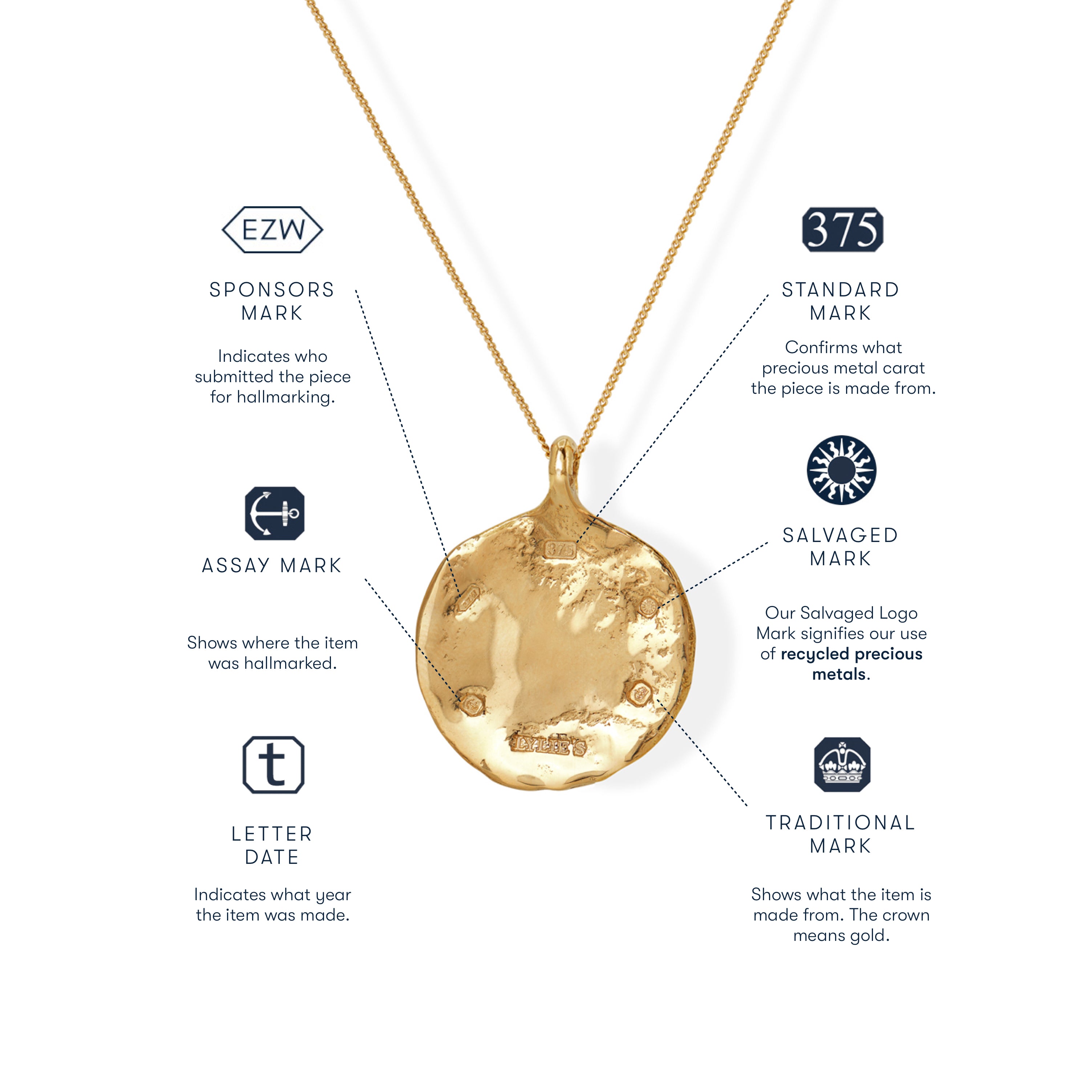
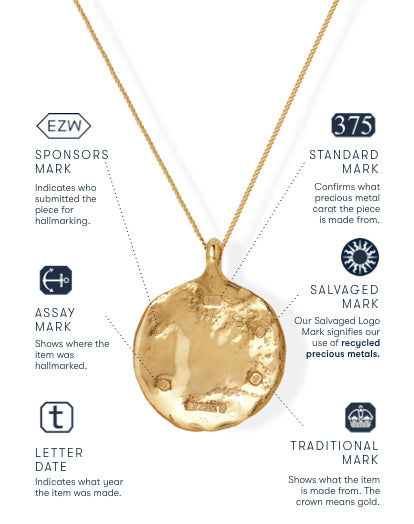
ANATOMY OF A HALLMARK
All of our designs are hallmarked. Hallmarking has been part of the British jewellery industry since 1327. It signals that an independent test has guaranteed a design’s precious metal content. It is a feature that sets it apart from continental designs.
LYLIE has created a salvaged logo mark to acknowledge our use of recycled precious metals. It sits alongside the UK hallmark, comprising 5 symbols which are all stamped by the Assay Office.
Please note that jewellery weighing less than 1 gram isn’t hallmarked, according to the Assay Office.
All of our designs are hallmarked. Hallmarking has been part of the British jewellery industry since 1327. It signals that an independent test has guaranteed a design’s precious metal content. It is a feature that sets it apart from continental designs.
LYLIE has created a salvaged logo mark to acknowledge our use of recycled precious metals. It sits alongside the UK hallmark, comprising 5 symbols which are all stamped by the Assay Office.
Please note that jewellery weighing less than 1 gram isn’t hallmarked, according to the Assay Office.
METAL CARATS
In its pure form, gold is extremely soft and malleable, so it must be mixed with other metals such as silver, copper, zinc and palladium to make it workable in jewellery. This process is called alloying. The carat (ct) tells you how many parts of pure gold to metal alloy there are. This is not to be confused with the carat weight of diamonds and gemstones. Gold purity is measured in parts per thousand. In the UK, 9ct, and 18ct are commonly used in jewellery.
Hover over Standard Marks
to learn more
 Silver
Silver
 9ct gold
9ct gold
 14ct gold
14ct gold
 18ct gold
18ct gold
 22ct gold
22ct gold
 Platinum
Platinum
 Platinum
Platinum
 Platinum
Platinum
Contains 37.5% pure gold and the rest alloy. Itis recognised by the hallmark ‘375’ referencing375 parts per thousand gold.
FAQS
THREE SHADES OF GOLD
Yellow Gold
The natural colour of Gold is by far the most popular shade used in jewellery making. Yellow gold is usually alloyed with copper and silver, to strengthen it and give the jewellery longevity. The shade of the gold depends on its gold content and 18 carat gold generally has a richer yellow colour than 9 carat.
White Gold
White gold is simply yellow gold mixed with different alloys to give it its colour. Usually created by adding palladium, silver and copper, the colour is not white like platinum but more of a light grey steel colour. These days, jewellers often plate white gold with rhodium (a member of the platinum family) to enhance its colour. We can do this for you, but we’ll ask you first, as rhodium plating wears off and needs re-plating.
Rose Gold
Also known as red gold and pink gold, this shade became popular in Russia at the beginning of the Nineteenth Century and is often referred to as Russian Gold. Made by adding copper to yellow gold, the higher the copper content, the stronger the red in the colour and the shade can vary from carat to carat. 9 carat is usually much pinker than the 18 carat Gold.
Yellow Gold

White Gold
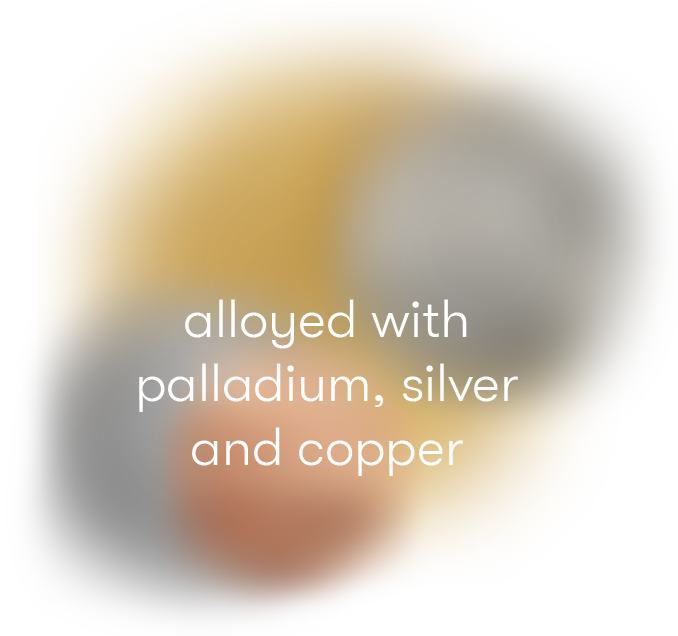
Rose Gold
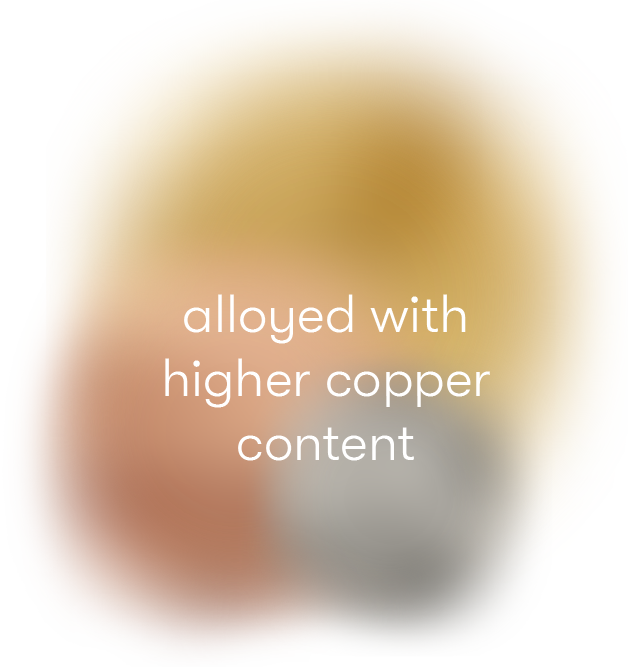
GOLD CARATS
Pure Gold is very soft which makes it unsuitable for most jewellery. To make it stronger, it is mixed with other metals, such as silver, copper, zinc and palladium. This is called alloying. The Gold you see in jewellery is actually Gold alloy. While Yellow Gold is still probably the most popular colour of Gold, by mixing Gold with other alloys, we can create White Gold and Rose Gold.
The carat (ct) tells you how many parts of Gold and how many parts of other metal are in the Gold alloy. Don't confuse this with the carat weight of diamonds and gemstones. In the United States carat is spelt karat (kt). One carat is one part of 24, or 41.66 parts of a thousand. 9ct Gold is 375 parts Gold per thousand parts. 14ct Gold is 585 parts per thousand. 18ct Gold is 750 parts per thousand. 24 carat Gold is pure gold.
24 carat (fineness 999) or 99.9% Gold
22 carat (fineness 916) or 91.6% Gold
18 carat (fineness 750) or 75% Gold
14 carat (fineness 585) or 58.5% Gold
9 carat (fineness 375) or 37.5% Gold

9CTS
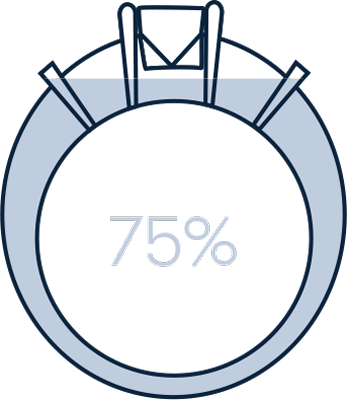
18CTS
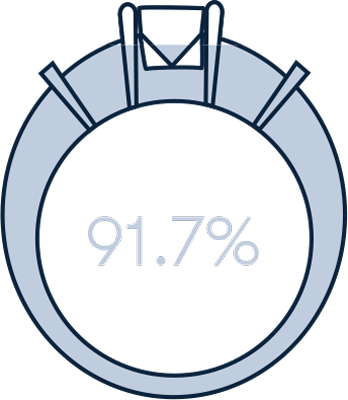
22CTS
- Salvaged Gold
- Alloy
WHAT IS GOLD DIPPING?
Also known as 'Plating' or 'Vermeil', Yellow Gold and Rose Gold dipping is a great option, but it does wear away over time to reveal the Silver below. Please email servicing@lylies.com referencing your Name, Address, Order Number (found on your Certificate of Purchase) and the design you would like to have re-plated.
There is a small re-plating charge (around £30). Once payment is made, we will get your piece back to you as soon as possible. To avoid continually re-plating, 9ct Gold is the best option.
Gold plated

Is thin gold plating over copper or another alloy.
Gold Vermil
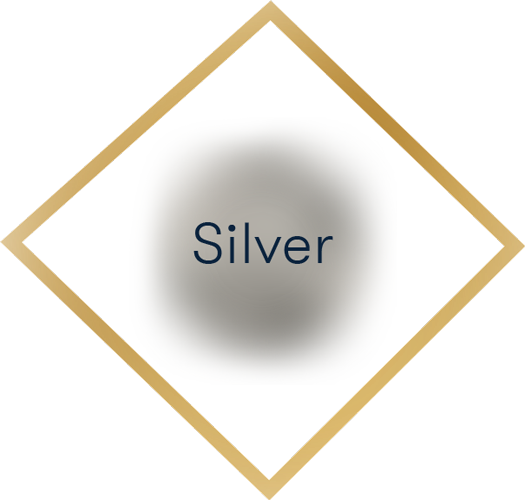
Industry standard Vermil tends to be 2.5 microns of gold plating.
Gold Dipped
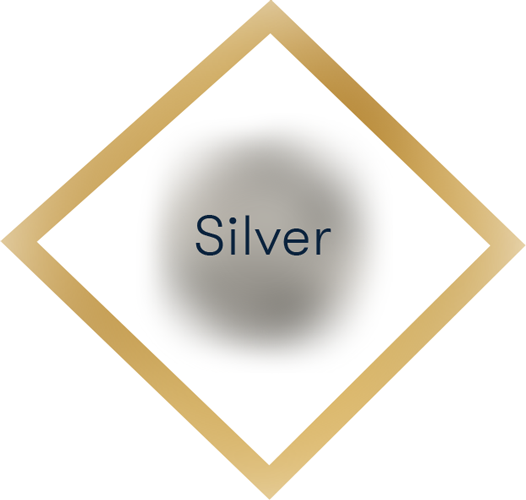
Lylie's used 5 microns of dipped salvaged sold over salvaged sterling silver.
Solid Gold
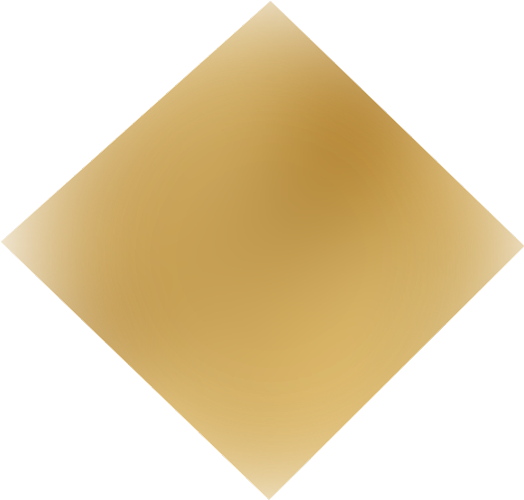
Lylie's uses 9ct Gold for our stock products. Higher grades are available through the Customise button.

















